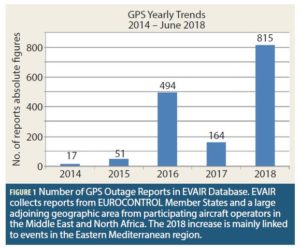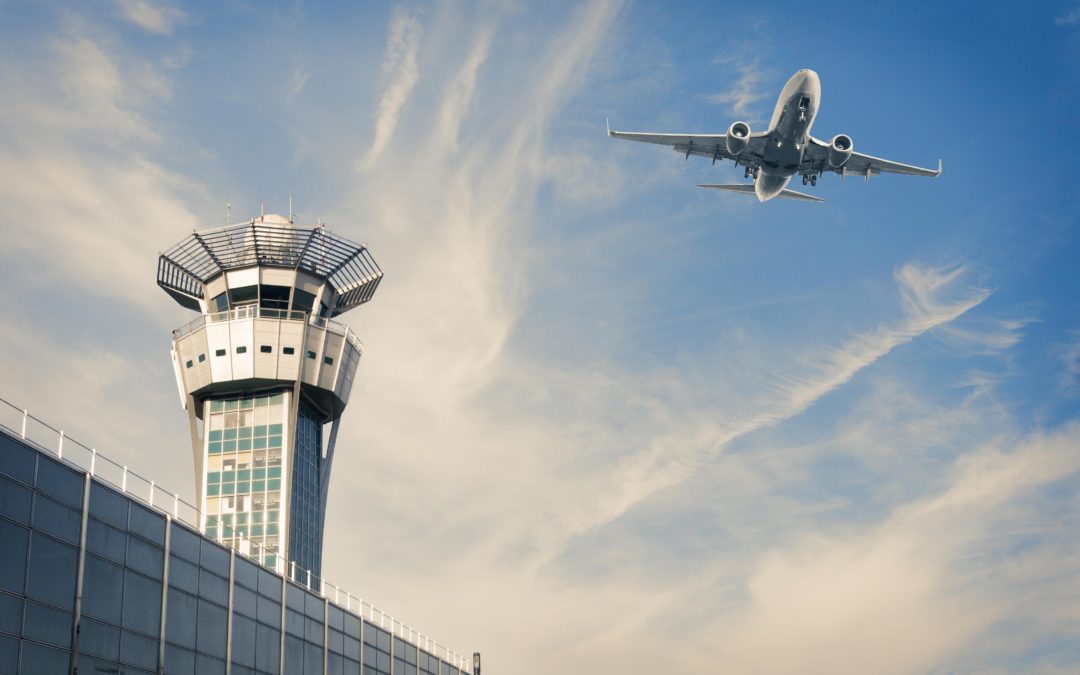
GNSS Spoofing and Aviation: An Evolving Relationship
One of the great engineering successes of the International Civil Aviation Organization (ICAO) and its expert panels is the standardization of globally harmonized Communication, Navigation and Surveillance (CNS) systems. These standards, sometimes supported by more detailed industry standards, provide safe and interoperable services between aircraft and the ground and space systems supporting them. A key safety ingredient of these standards is that they are completely open, such that manufacturers know how to build their systems in a way that performance is uniform everywhere they are implemented around the globe. It is a considerable challenge, however, to keep an overview of all the aspects — knowing for instance that open standards means anyone wanting to spoof these systems can obtain corresponding standards and exploit vulnerabilities — and focus mitigation efforts on the most relevant weaknesses. Hopefully, we will be able to remain a step ahead of the evolving security threat in all these areas.
While in many cases, safety and security mechanisms are very similar, here they diverge completely: open standards mean that anyone who wants to fool or fake these systems can look up the corresponding standards to build capabilities which exploit every vulnerability. Of course, ICAO has recognized this issue, and security has risen to the top of the agenda (https://www.icao.int/Security/Pages/default.aspx, Additional Resources). In Europe, the issue is acknowledged in the recently published Radio Navigation Plan and worked on by EUROCONTROL, EASA and others.
The first ICAO Annex 10, Volume 1 standards incorporating GNSS appeared with its Amendment 76 in 2001 (Additional Resources). Only 17 years later, GPS L1 avionics (with some form of augmentation to meet aviation performance requirements) have become standard equipment for almost all passenger-carrying flights. Meanwhile, ICAO is busy preparing for the next generation of GNSS standards with dual-frequency and multi-constellation (DFMC) capabilities. Similar to the consumer world, but at a much slower pace due to the safety critical and certified environment, GNSS is making its way into numerous ground and aircraft systems to support a diverse range of applications.
For a variety of reasons, which include security concerns, the notion of sole-means GNSS discussed over a decade ago (GNSS Sole Service Feasibility Study, Additional Resources) to support seamless GNSS operations has been abandoned. Given that GNSS is not aviation-specific, but a shared system not under direct aviation control, ICAO and its member States recognize that alternative CNS capabilities will remain necessary. The 12th Air Navigation Conference tasked ICAO to investigate the “need for and feasibility of” an Alternate Positioning, Navigation and Timing (A-PNT) system (Additional Resources). The preliminary conclusion is that while GNSS is evolving from a supplemental means to a primary means, the terrestrial navigation aids (ILS, VOR, DME) will evolve from their conventional, primary role to what some call a “Minimum Operational Network” to help ensure safety and continuity of operation in cases of GNSS outages.


